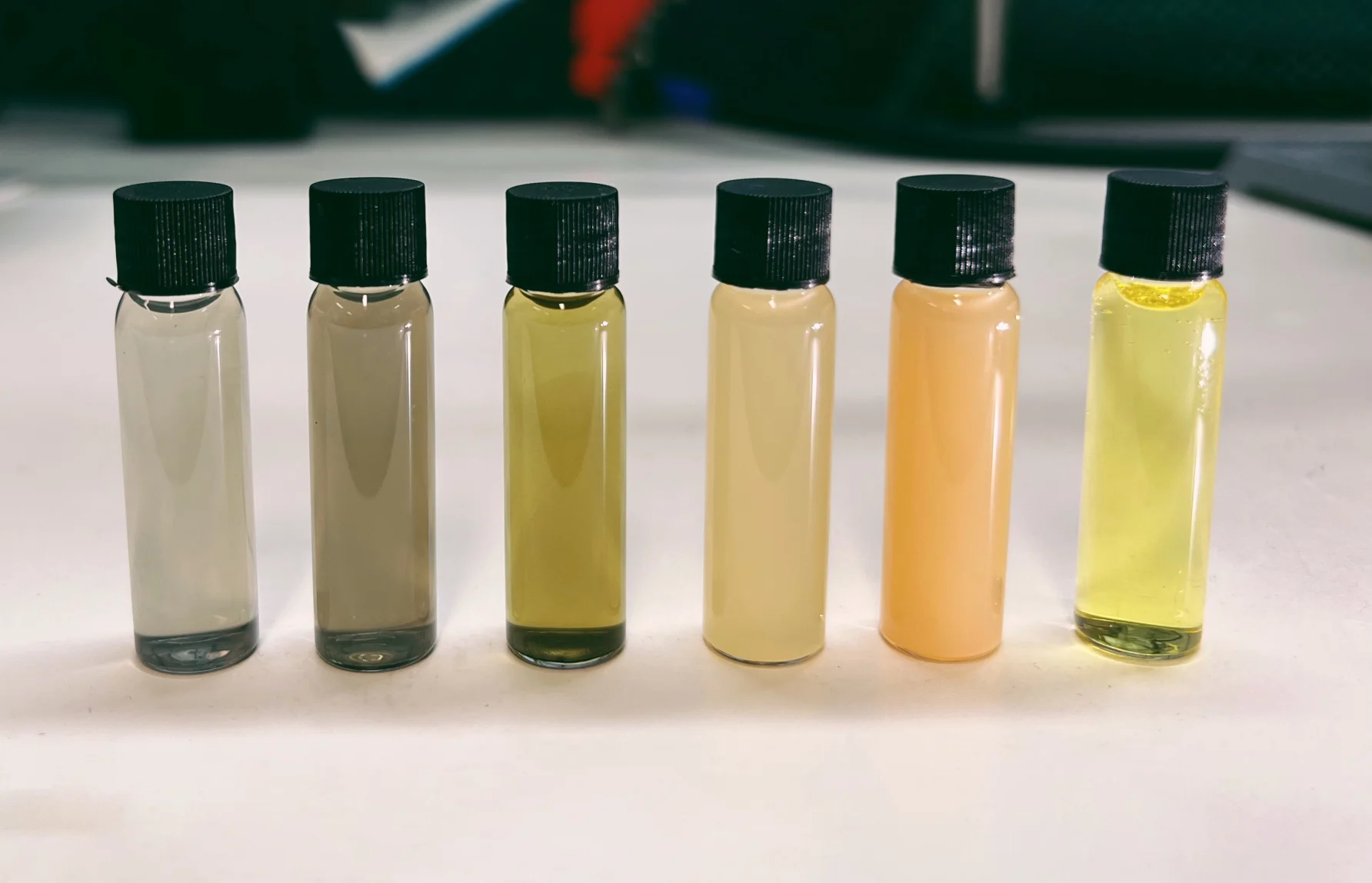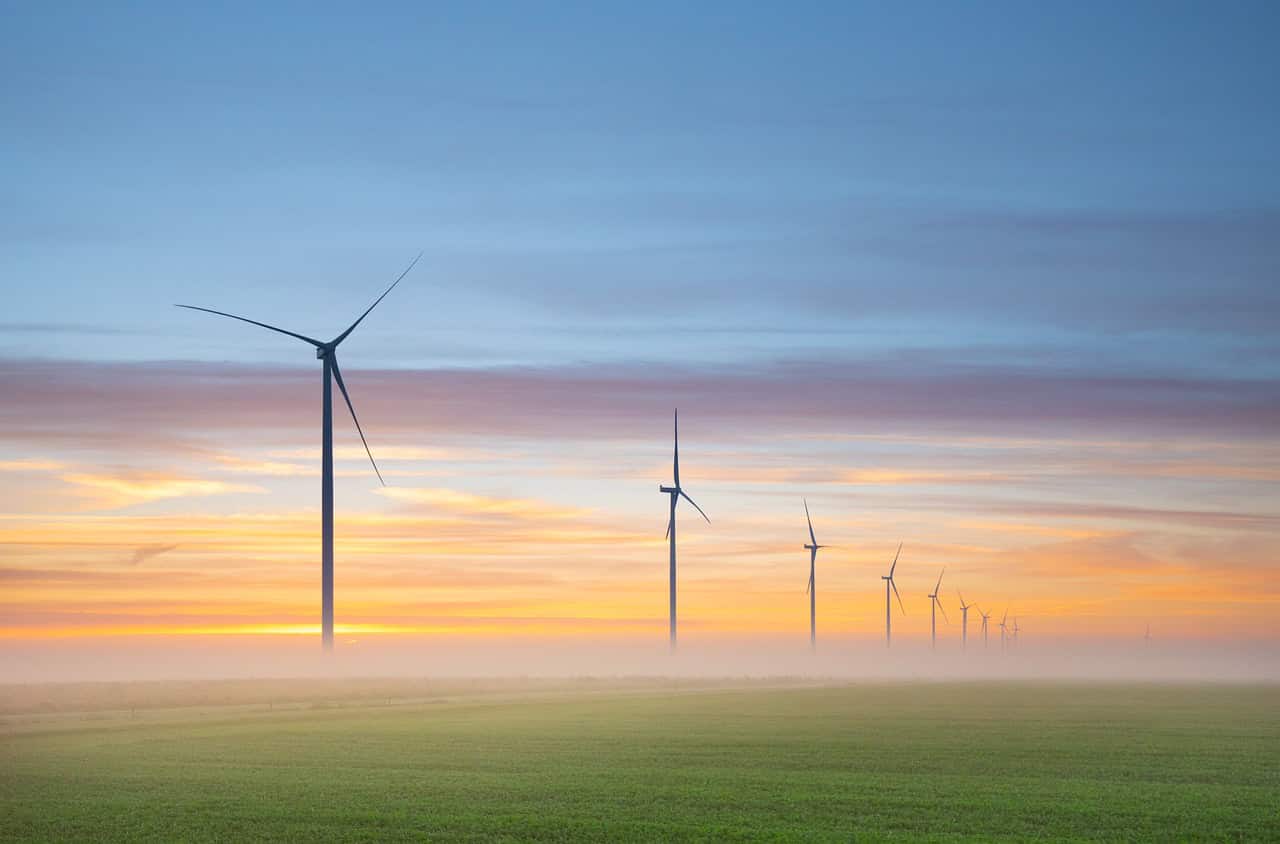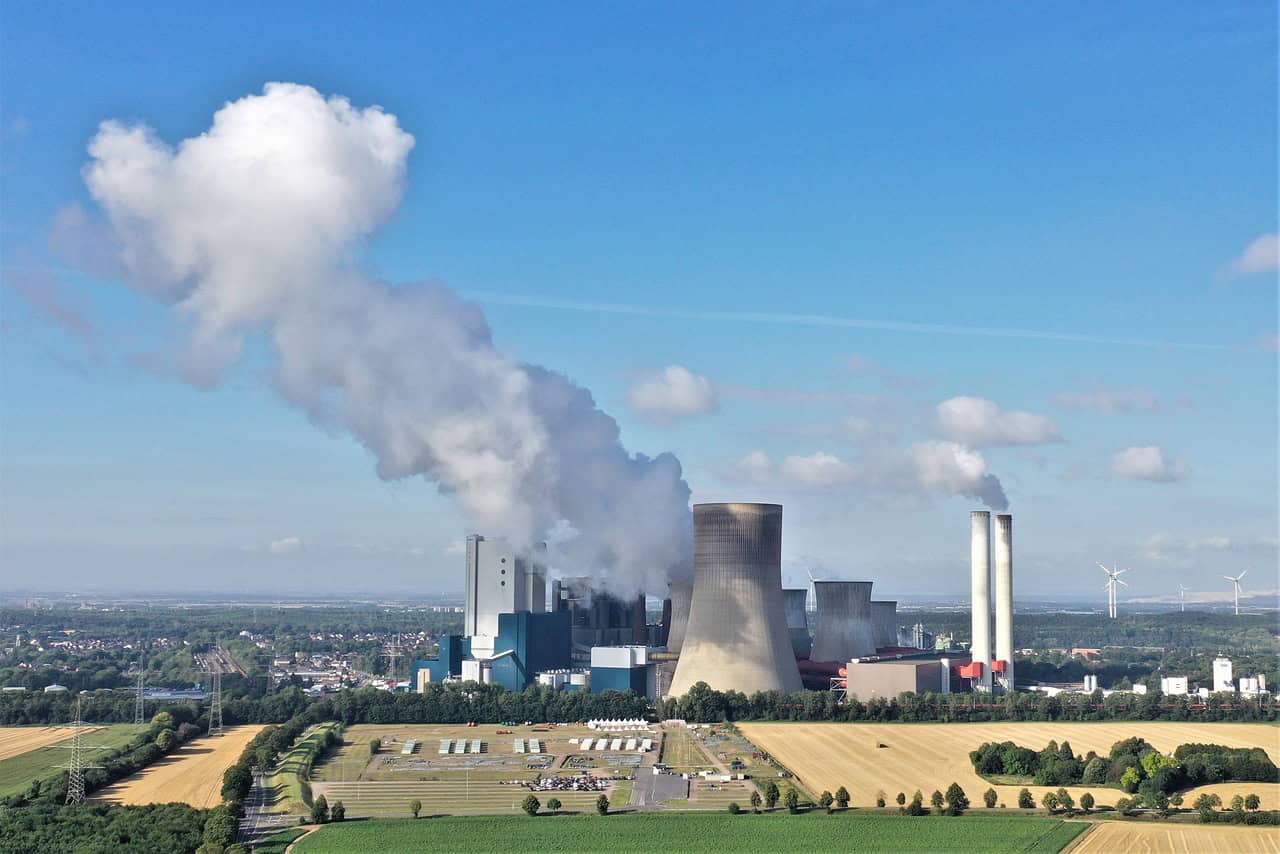
Pioneering research from the University of Melbourne highlights the potential of nano inks to significantly reduce energy usage. These innovative ‘phase change inks’ have the potential to revolutionise how we heat and cool buildings, homes, and cars, paving the way for sophisticated ‘passive climate’ control. By reducing reliance on energy creation for temperature control, these inks could contribute to a decrease in global greenhouse gas emissions. Dr. Mohammad Taha, the lead researcher, emphasises the importance of reducing energy consumption alongside generating energy from renewable resources. Dr. Mohammad Taha and his team published their findings in Journal of Materials Chemistry A.
These versatile inks can be applied via lamination, spraying, or addition to paints and building materials, offering a wide range of potential applications. Examples include clothing for body temperature regulation in extreme environments, large-scale flexible wearable electronic devices, bendable circuits, cameras, detectors, and gas and temperature sensors.
From research to commercial availability
At present, the nano inks are in the proof-of-concept stage and are expected to be commercially available within five to 10 years, depending on manufacturing interest. Dr. Taha’s team achieved a significant breakthrough by modifying one of the main components of phase change materials, vanadium oxide (VO2). While previous phase change materials required high temperatures for activation, the researchers managed to trigger the insulator-to-metal (IMT) reaction at near-room temperature (30-40 °C).
Dr. Taha explains that the potential of this material is vast, as it can be used for various purposes, such as preventing heat build-up in laptop electronics or car windshields, adapting its heat absorption properties to suit specific needs. The next step involves taking the University of Melbourne-patented research to production, making this groundbreaking technology a reality.
Comparing cost and efficiency to other energy-saving technologies
Although a direct comparison of cost and efficiency between nano inks and other energy-saving technologies is not provided in the text, the study suggests that the ease, scalability, and efficacy of the VOx application have been improved with this new approach. The nano inks could offer a scalable and affordable solution for retrofitting existing structures while providing comparable or superior energy-saving benefits to other technologies on the market.
Heating and cooling account for around half of the EU’s energy consumption. The European Green Deal’s Climate Target Plan and ‘Fit for 55’ package recognise the sector’s importance for EU energy and climate targets. The integration of nano inks into buildings and other applications could contribute significantly to achieving these targets and reducing energy consumption across the EU and globally.








